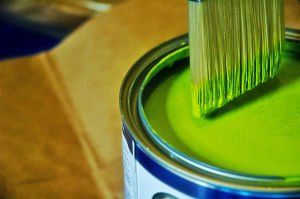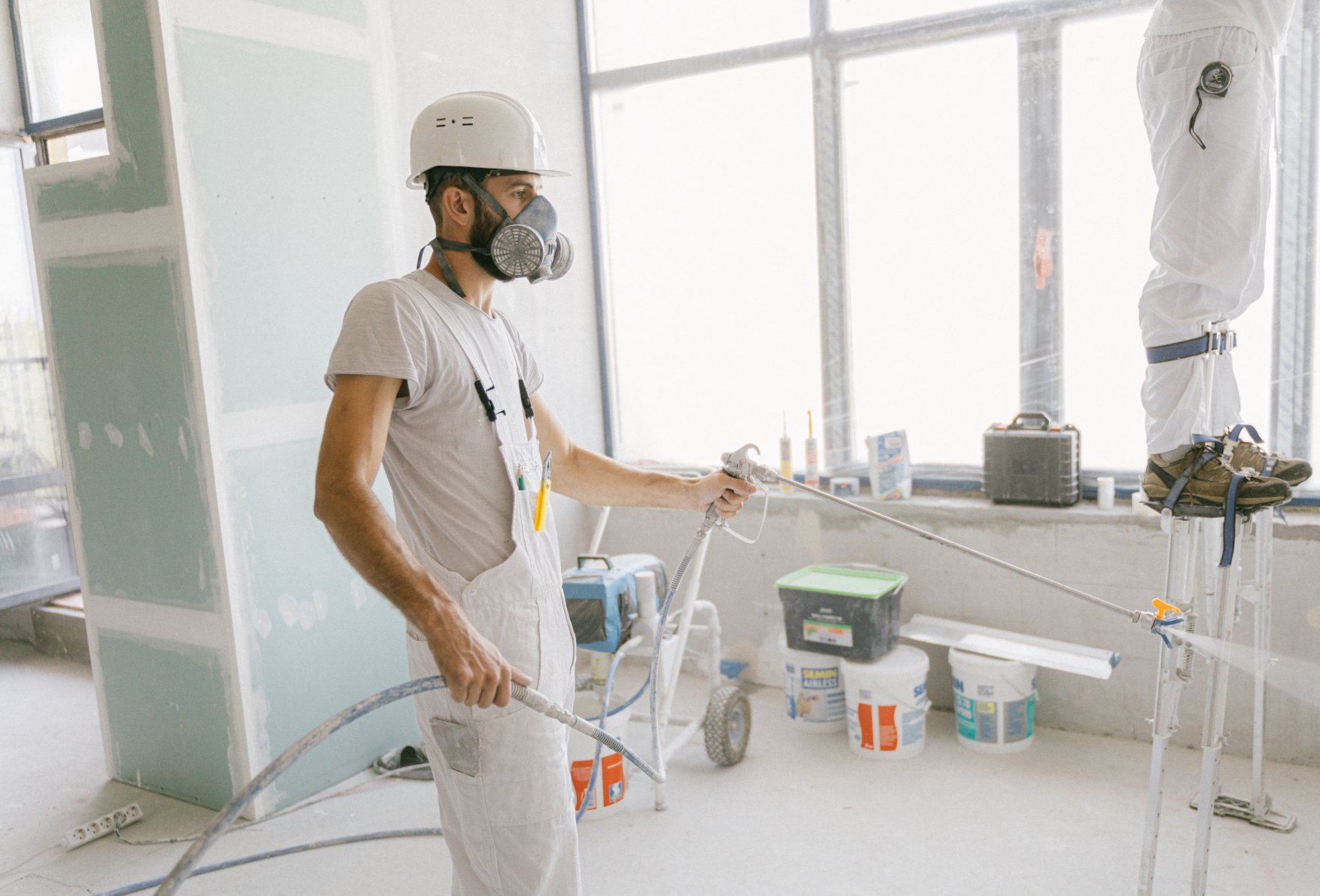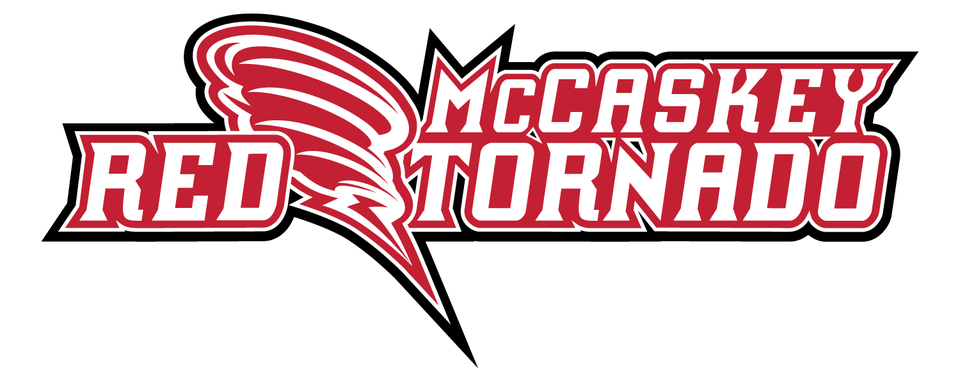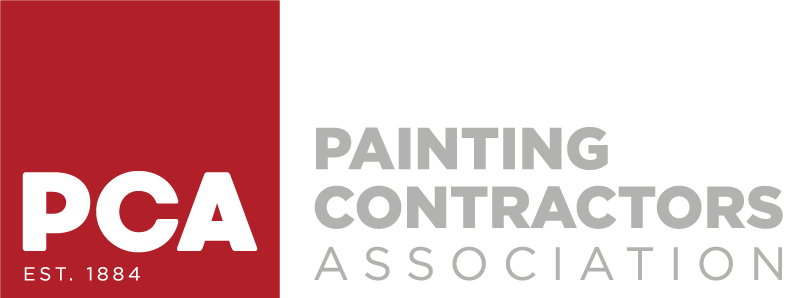By Joel Buch
•
April 11, 2022
Phase One: Inspection A painter contractor from Joel’s Painting will determine the type and condition of the exterior or interior surface you want to paint. Is the surface wood, hardboard siding, drywall, vinyl or aluminum siding, steel, masonry or concrete block? What are the conditions of the walls, trim, windows, doors and ceilings? Do holes and gouges need repairing? Is the surface peeling or chalking, rusty or mildewed, rotten, dirty, dusty or stained? After we determine the surface’s type and condition, it is time for expert preparation. Phase Two: Preparation Surface preparation is the most important part of any paint project. It’s also the single greatest cause of paint failures. Whether interior or exterior, all surfaces need to be cleaned and in good repair so the paint will adhere properly and last longer. For proper surface preparation, Joel’s Painting follows these steps. Wash off the dirt, grease, soap and oil buildup with the appropriate cleaner then rinse it thoroughly. Remove loose paint and powdery substances. Patch holes and cracks with spackling or patching compound. Allow the surface to dry then sand it smooth. Remove the sanding dust with a damp cloth. Lightly sand glossy or nonporous surfaces to a dull finish or use an abrasive cleanser. Remove sanding dust or cleanser residue. Prime all bare areas prior to applying the topcoat. Warning! Removing old paint by sanding, scraping or other means may generate lead dust or fumes. Exposure to lead dust or fumes may cause brain damage or other adverse health effects, especially in children or pregnant women. We control exposure to lead and other hazardous substances by using the proper protective equipment. That equipment includes properly fitted respirators (NIOSH approved). Our painting contractors also contain the dust and fumes correctly. For more information, call the National Lead Information Center at 1-800-424-LEAD or contact your local health authority. Before beginning your project, prepare the room. These preparations simplify the painting process and protect your home from inadvertent splatters or spills. Our employees work with you when following these steps. Remove draperies, pictures, mirrors, area rugs, hardware (if possible), and switch and receptacle cover plates. Move all furniture to the center of the room or out of the room, if possible. Cover all furniture with drop cloths. Tape off woodwork, and tape plastic drop cloths onto the floor. Wrap plastic around light fixtures, and use masking tape to cover any non-removable hardware. Open a window or door to ensure good ventilation. Phase Three: Paint Selection Choosing the right paint for the surface ensures a quality paint job that will last. Joel Buch Painting Contractor uses only the finest quality painting products for every project. Ceilings — Specially formulated flat ceiling paint hides irregularities and lap marks. It also rolls on with minimal spatter and won’t yellow over time. Woodwork – Before painting, prime bare wood. Easy-to-clean semi-gloss finishes are a wise choice for surfaces that may be exposed to frequent wear and tear. Surfaces that receive modest wear and tear perform well with flat or satin finishes. Walls – Easy to work with, latex paints easily apply over properly primed drywall, wood or masonry. Metal — Latex or oil/alkyd paint covers properly primed iron or steel. Apply latex directly onto aluminum and galvanized metal. Prime these metals before painting them with an oil/alkyd-based paint. Masonry/Stucco — For cement, concrete block and brick surfaces, acrylic latex wall paint designed for masonry surfaces is an excellent choice. Phase Four: Painting It may seem obvious, but it’s important to paint a room in the right order. Using good painting techniques is the key to achieving professional-looking results. Our employees undergo regular training and consistently bring expert techniques to every job. Using a Brush Hold a brush near the base of the handle. Dip half the bristles into the paint and tap on the lip of the can. Don’t wipe it on the side. Paint with enough pressure to bend the bristles slightly — don’t bear hard on the brush. Using a Roller Roll the roller slowly into the paint in the tray. Then, roll it back and forth until roller cover is evenly coated with paint. Roll onto the tray’s ridges to remove excess paint. For smooth surfaces: Cover about a two-foot-square using the N pattern. Cross roll to spread the paint. Finish, with light roller strokes in one direction, at a right angle to the cross roll. Phase Five: Cleaning Up Even with drop cloths and masking tape, accidents happen. Clean-up procedures depend largely on the paint used. Here are guidelines we use for cleaning up. Latex Paints Before they dry, clean any spills with a water-dampened paper towel. Clean brushes, rollers and other tools with soap and water. After cleaning, prevent rust by flushing the spraying equipment with mineral spirits. Follow the manufacturer’s safety recommendations when using mineral spirits. Oil Alkyd Paints Clean any spills before they dry with a paper towel dampened with mineral spirits or paint thinner. Oil-based (alkyd) paint must be removed from tools with mineral spirits or paint thinner. Pour the cleaning material into a clean bucket and rinse brushes and rollers well. When done, allow the solids to settle out of the cleaner, then strain the liquid back into the original container for reuse. Phase Six: Protecting Your Paint Job Keeping up with maintenance is a key in extending the life of any paint project. Maintenance usually begins the first year after the paint project is completed. Surfaces expand and contract as temperatures change from season to season, causing minor defects such as cracks in caulking. Check for weathered areas, chalking, cracks, loose paint, nail stains, dirt, mildew and other imperfections. Joel’s Painting offers a generous two-year warranty on all projects. We stand behind our work as you enjoy your beautiful interior or exterior paint job. Joel Bush Painting Contractor follows these steps meticulously without cutting corners. From initial inspection to final clean up, we maintain professional standards and quality workmanship designed to last.


















